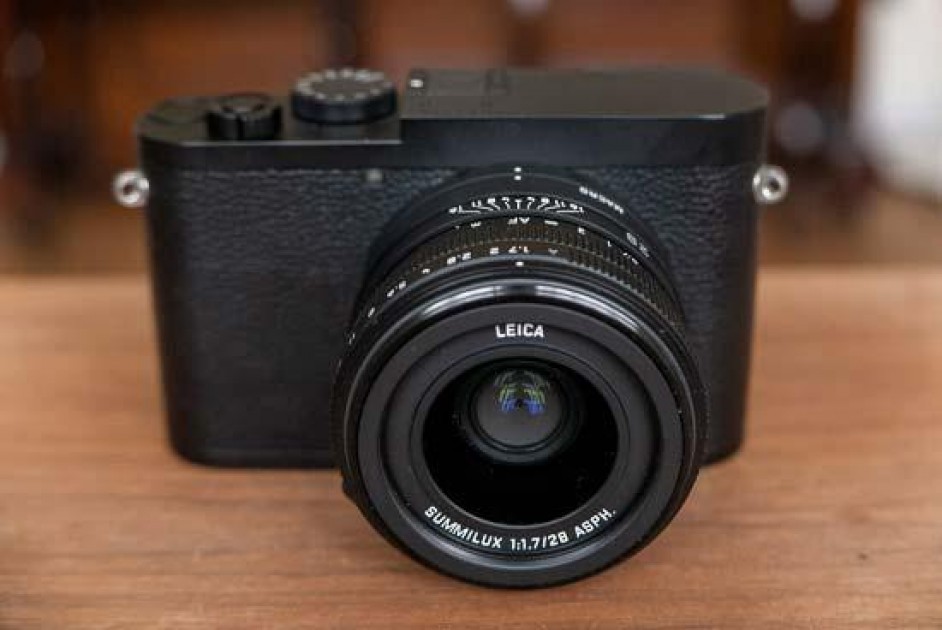At the end of November Fujifilm released Firmware Version 3.00 for the GFX 100 medium format camera.
Not content with providing 100 megapixel images straight out of the camera, Fujifilm have added a brand new feature called Pixel Shift.
This is a special Multi-Shot function that can be used to create 400 megapixel images!
How does the GFX 100 with version 3.00 firmware do this? Read on to find out and see some full-size sample images…
Well, first you have to download and install the latest firmware for the GFX 100 from Fujifilm.com
Then simply set the camera’s Drive dial on the top-left panel to Multi, press the Drive button and select the last option in the list – Shift / Pixel Shift Multi Shot.
You can set the time interval between the individual frames, either Short, 1s, 2s, 5s or 15s. We just left it to Short for most of the time.
With a single press of the shutter button, the GFX 100 will then automatically take 16 individual .raf Raw files using the time interval between than that you specified.
The camera’s built-in IBIS unit is used to shift the image sensor by up to a pixel in various directions during the sequence of 16 shots.
Not only does the GFX 100’s Pixel Shift mode increase the resolution from 100 to 400 megapixels – it also improves the colour reproduction by capturing Red, Green and Blue information at each pixel, rather than just one of those colours as in the normal shooting modes.
Unfortunately the camera doesn’t have enough processing power to be able to combine the resulting 16 Raw files together, as they each weigh in at a whopping 115Mb.
Instead, you need to download the new Pixel Shift Combiner software from Fujifilm.com
This rather rudimentary desktop app is available for Windows and Mac.
When installed, you have to manually select the 16 files that make up each Pixel Shift shot, and the software will then automatically combine them into a single DNG file.
The app can also be used for live tethered shooting.
The resulting Pixel Shift DNG file is 23,296×17,472 pixels and around 1.5Gb in size!
We’ve provided some full-size 400mp Pixel Shift files in the gallery below for you to download and evaluate.
The first gallery has the corresponding single JPEG images so that you can compare them.
Note that the composition of the JPEG and DNG files is slightly different as the camera changes the framing ever so slightly when switching between single mode and Pixel Shift mode.
Clearly, the new Pixel Shift mode is capable of greatly increasing the overall resolution and improving the colour reproduction too, further extending the GFX 100’s already strong appeal to still-life and fine-art photographers.
The only real drawbacks, other than having to use a sturdy tripod and only being able to shoot non-moving subjects, are to do with the rather simple software, rather than the camera itself.
It’s a very basic app that gets the job done, but is a bit clunky to use. Simply selecting the correct sequence of 16 images is something of a chore as they’re all stored in one folder.
Thankfully it only takes a few minutes to process each 400 megapixel image, even when using a fairly mid-range Windows laptop.
Overall, we’re seriously impressed with what after all is the first generation of Fujifilm’s Pixel Shift technology, so much so that we’d love to see it rolled out to the X-T4 and X-H1 cameras and included on all future Fuji cameras that have IBIS.
Fujifilm GFX 100 Pixel Shift – How to Create 400 Megapixel JPEG Images
Sample RAW Images
The Fujifilm GFX 100’s Pixel Shift mode takes 16 consecutive Raw files (.raf) which can then be combined into a single 400 megapixel DNG file using Fujifilm’s Pixel Shift Combiner software.








